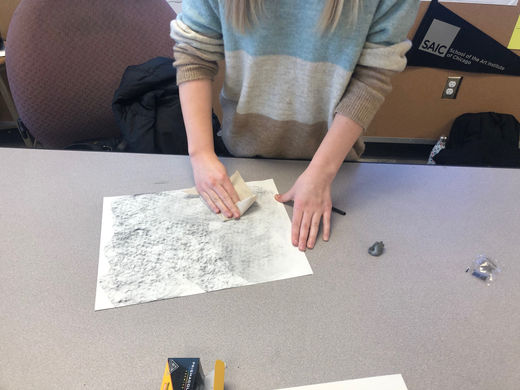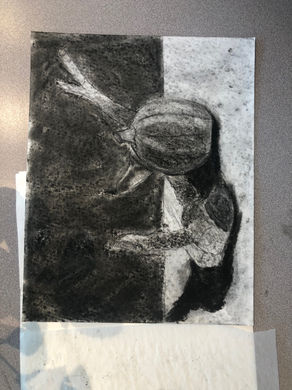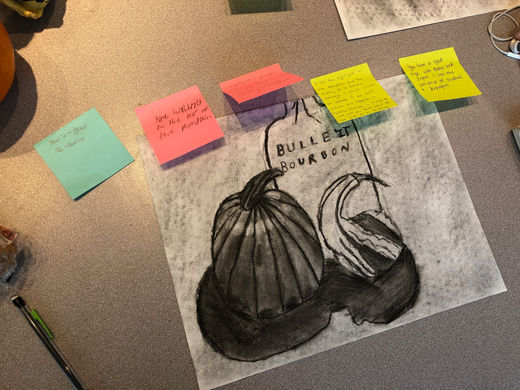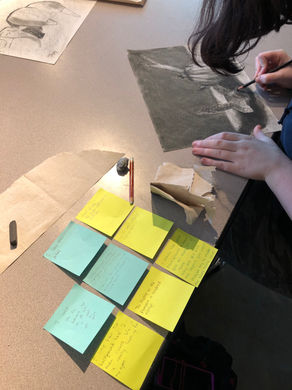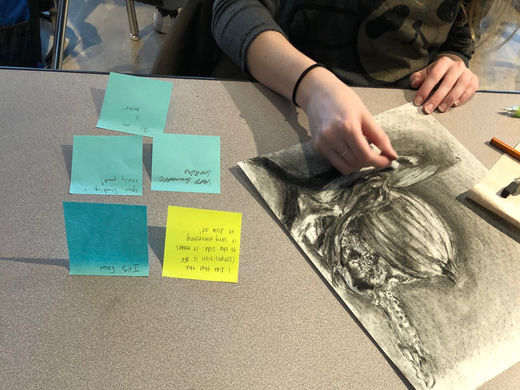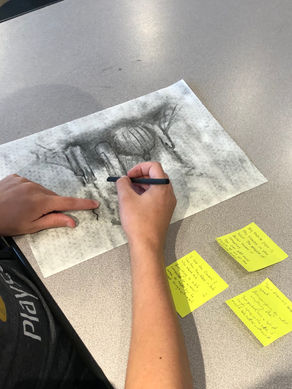High School
Introductory Drawing Studio
A still life is a painting, drawing, or photograph of an arrangement of objects. Sometimes they include fruits or flowers that contrast with other objects such as bowls and glassware. Though that is the traditional definition, a still life can be made of any objects that are inanimate. The earliest known still lives were created in the 15th century BCE by Egyptians and consisted mostly of food. Still lifes really gained popularity during the Northern Renaissances when artists would use still lives to symbolize other meanings, for example a skull in a still life could symbolize death.
In this lesson, the students were introduced to new drawing techniques through the concept of the still life, while also building on their previously-learned skills in value and shading. By drawing from life, students are experiencing objects and forms in three-dimensional space and learning how to interpret what they see into a two-dimensional drawing. They also utilize composition and scale to make a more interesting drawing, as well as the use of charcoal with drawing techniques such as toning, blending, hatching, and contouring to create an illusion of depth, which will be applied to future drawing assignments.
On the first day of the lesson the students learned how to tone their paper to begin with a medium grey to help push their darkest darks and lightest lights. They also focused on the composition of their still life and how to make the object work on the page in a way that creates eye flow for the viewer, like using the rule of thirds. Lastly on the first day the students focused on scale, making sure their objects took up enough of the paper. One the first day most students were about to draw in quick contour for their still life.
The second day of the lesson, the students started adding in light and shadow to create forms. It was important for the students to understand drawing from life is very different from drawing from an image, and when you draw from an image you're drawing appears flatter. Students moved from using vine charcoal to using compressed charcoal to add in their darkest shadows.
On the third and last day of the lesson we started off class with a sticky-note TAG critique where the students walked around giving their peers suggestions on their work. Then the students were able to consider the suggestions when finishing up their drawings. The students added in white charcoal to make their highlights pop and students were encouraged to create a background if they finished early.







